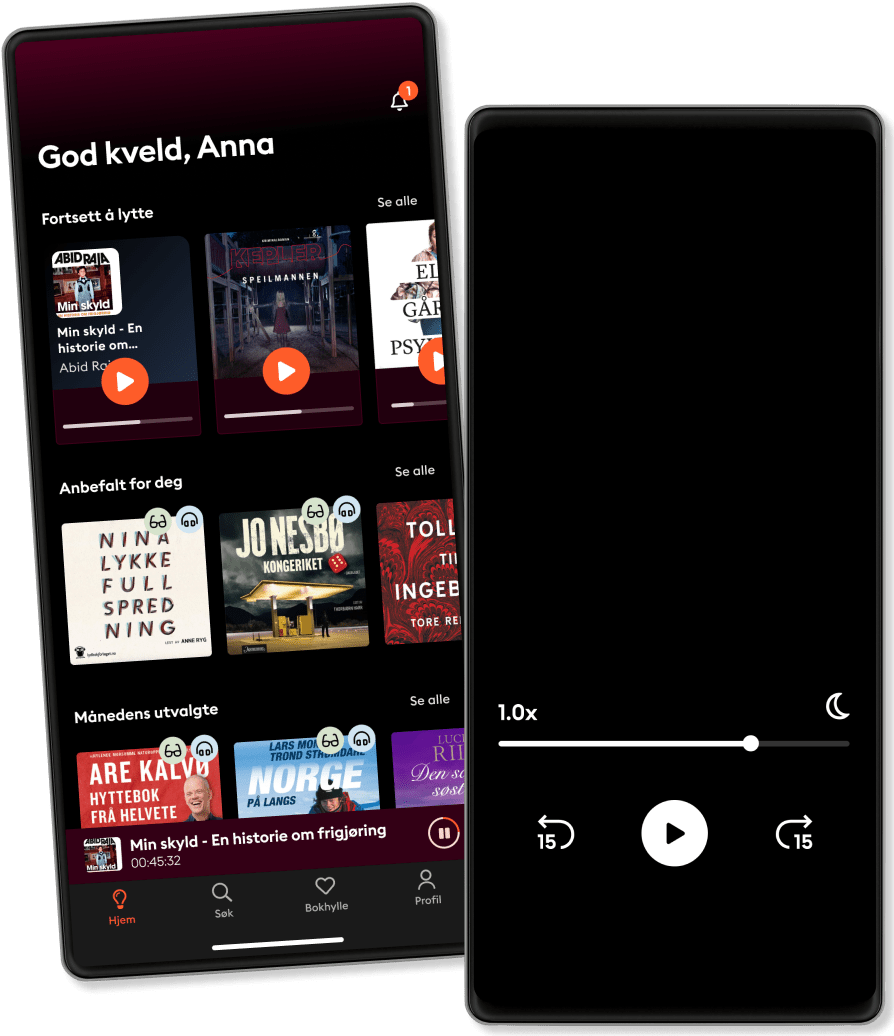Restricted Data: The History of Nuclear Secrecy in the United States
- Språk
- Engelsk
- Format
- Kategori
Historie
“Groundbreaking . . . Wellerstein peels back the layers of the nuclear onion to reveal a rich debate about what should be kept secret and why.” —Nature
The first full history of US nuclear secrecy, from its origins in the late 1930s to our post–Cold War present.
The American atomic bomb was born in secrecy. From the moment scientists first conceived of its possibility to the bombings of Hiroshima and Nagasaki and beyond, there were efforts to control the spread of nuclear information and the newly discovered scientific facts that made such powerful weapons possible. The totalizing scientific secrecy that the atomic bomb appeared to demand was new, unusual, and very nearly unprecedented. It was foreign to American science and American democracy—and potentially incompatible with both. From the beginning, this secrecy was controversial, and it was always contested. The atomic bomb was not merely the application of science to war, but the result of decades of investment in scientific education, infrastructure, and global collaboration. If secrecy became the norm, how would science survive?
Drawing on troves of declassified files, including records released by the government for the first time through the author’s efforts, Restricted Data traces the complex evolution of the US nuclear secrecy regime from the first whisper of the atomic bomb through the mounting tensions of the Cold War and into the early twenty-first century. A compelling history of powerful ideas at war, it tells a story that feels distinctly American: rich, sprawling, and built on the conflict between high-minded idealism and ugly, fearful power.
“Wellerstein examines the health of democracy in the face of big science, big government, and big weapons.” ―Science
© 2024 The University of Chicago Press (E-bok): 9780226020419
Utgivelsesdato
E-bok: 31. mai 2024
Andre liker også ...
- Restricted Data: The History of Nuclear Secrecy in the United States Alex Wellerstein
- Brotherhood of the Bomb: The Tangled Lives and Loyalties of Robert Oppenheimer, Ernest Lawrence, and Edward Teller Gregg Herken
- In the Shadow of the Bomb: Oppenheimer, Bethe, and the Moral Responsibility of the Scientist S. S. Schweber
- The Indignant Generation: A Narrative History of African American Writers and Critics, 1934-1960 Lawrence P. Jackson
- The Insiders’ Game: How Elites Make War and Peace Elizabeth N. Saunders
- Fantasies of Salvation: Democracy, Nationalism, and Myth in Post-Communist Europe Vladimir Tismaneanu
- The Left Behind: Decline and Rage in Small-Town America Robert Wuthnow
- Working-Class Americanism: The Politics of Labor in a Textile City, 1914-1960 Gary Gerstle
- German Romanticism and Its Institutions Theodore Ziolkowski
- Writing Outside the Nation Azade Seyhan
- Steppevandringen Jean M. Auel
4.6
- På grensen til evigheten - Del 7-10 Ken Follett
4.7
- Der vi hører hjemme Emily Giffin
4.4
- Atlas - Historien om Pa Salt Lucinda Riley
4.7
- Din vilje skje - En oppvekst med karismatisk kristendom Anne-Britt Harsem
4.3
- En dag skal du dø Gard Sveen
4
- Døden på kurbadet Anna Grue
3.6
- Julestormen Milly Johnson
4.2
- Mammutjegerne Jean M. Auel
4.4
- Pulskuren - Stress riktig, sov bedre, yt mer og lev lenger Torkil Færø
4.6
- Døden inntraff Mark Billingham
4.1
- Fars rygg Niels Fredrik Dahl
4.4
- Det som ligger under Mark Billingham
3.7
- Hestenes dal Jean M. Auel
4.5
- Klippehulens folk Jean M. Auel
4.4
Derfor vil du elske Storytel:
Over 700 000 bøker
Eksklusive nyheter hver uke
Lytt og les offline
Kids Mode (barnevennlig visning)
Avslutt når du vil
Unlimited
For deg som vil lytte og lese ubegrenset.
1 konto
Ubegrenset lytting
Over 700 000 bøker
Nye eksklusive bøker hver uke
Avslutt når du vil
Family
For deg som ønsker å dele historier med familien.
2-3 kontoer
Ubegrenset lytting
Over 700 000 bøker
Nye eksklusive bøker hver uke
Avslutt når du vil
2 kontoer
289 kr /månedLytt og les ubegrenset
Kos deg med ubegrenset tilgang til mer enn 700 000 titler.
- Lytt og les så mye du vil
- Utforsk et stort bibliotek med fortellinger
- Over 1500 serier på norsk
- Ingen bindingstid, avslutt når du vil

Norsk
Norge